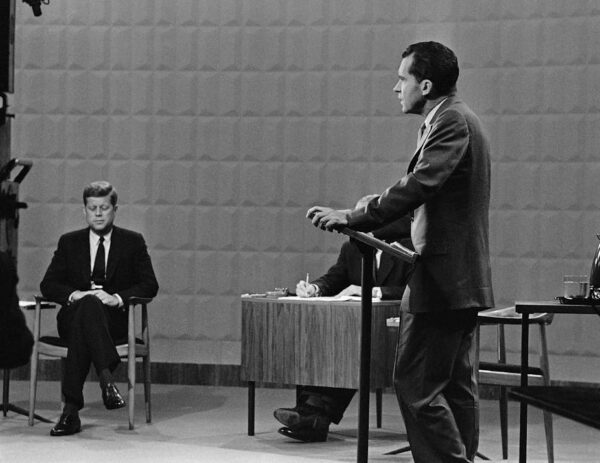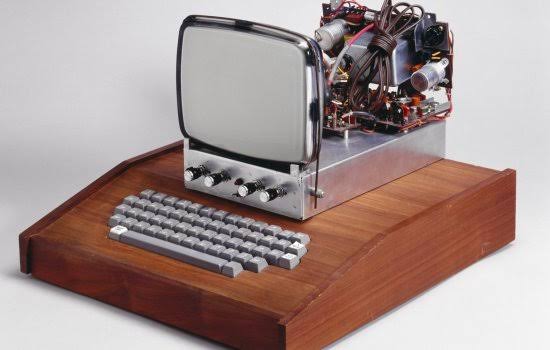 The advent of television in the 20th century revolutionized many aspects of society, from entertainment and news to advertising and public communication. Among its most profound impacts was the transformation of political life, particularly the way presidents engaged with the public. While Franklin D. Roosevelt was the first U.S. president to appear on television, it was Dwight D. Eisenhower who became the first fully televised president—one who understood and strategically used the medium to shape his public image and communicate directly with the American people.
The advent of television in the 20th century revolutionized many aspects of society, from entertainment and news to advertising and public communication. Among its most profound impacts was the transformation of political life, particularly the way presidents engaged with the public. While Franklin D. Roosevelt was the first U.S. president to appear on television, it was Dwight D. Eisenhower who became the first fully televised president—one who understood and strategically used the medium to shape his public image and communicate directly with the American people.
Franklin D. Roosevelt made the first presidential television appearance during the opening ceremonies of the 1939 New York World’s Fair. This event, broadcast to a small number of television sets in the New York area, marked the beginning of a new era in political communication. At the time, television was still a novelty, limited in reach and technological capabilities. Though Roosevelt is better known for his mastery of radio through his “Fireside Chats,” his appearance on TV signaled an awareness of the medium’s potential.
Roosevelt’s limited TV presence did not significantly alter his communication strategy, as radio remained the dominant broadcast medium during his presidency. Nevertheless, he laid the groundwork for future leaders by embracing new technology to reach the public.
Dwight D. Eisenhower’s presidency (1953–1961) coincided with the rapid expansion of television across American households. By the early 1950s, television had become a dominant force in American culture, with millions of homes acquiring TV sets. Eisenhower’s administration recognized this shift and adapted its communication strategy accordingly, making him the first president to fully integrate television into his political messaging and campaign efforts.
Eisenhower’s 1952 presidential campaign was groundbreaking in its use of televised advertising. With the help of Rosser Reeves, a pioneer in advertising, Eisenhower launched the “Eisenhower Answers America” series of TV commercials. These short ads featured everyday Americans asking questions, with Eisenhower responding in a reassuring and accessible manner. The campaign’s success demonstrated how television could humanize candidates and deliver concise, emotionally resonant messages to a mass audience.
This was a stark contrast to his opponent, Adlai Stevenson, who criticized the use of television ads as superficial and undignified. However, Eisenhower’s embrace of the medium proved effective, helping him secure a decisive victory. His success signaled a turning point in political campaigning—candidates could no longer ignore television if they hoped to reach voters effectively.
Eisenhower’s use of television extended beyond campaigning. He held the first televised presidential news conference in 1955, setting a precedent for direct engagement with the press and the public via the screen. Though his delivery was sometimes criticized as stiff, Eisenhower’s calm demeanor and authoritative presence played well on television. He cultivated a grandfatherly image that reassured a nation amid Cold War tensions.
Moreover, Eisenhower’s administration understood the power of controlling the visual narrative. They managed his public appearances with careful attention to how he was framed and perceived on screen, signaling the birth of media strategy in presidential politics.
The embrace of television fundamentally altered the role of the president. No longer was the president simply a political leader; he became a public figure whose every word and gesture could be broadcast to millions. This ushered in a new era of media-savvy presidents—from John F. Kennedy’s charismatic debates and fireside-style addresses, to Ronald Reagan’s Hollywood-honed performances and Barack Obama’s digital finesse.
Television brought the presidency into people’s living rooms, creating a sense of intimacy and immediacy never before possible. It also introduced new challenges: appearances, soundbites, and charisma began to weigh as heavily as policy expertise and legislative accomplishment in the court of public opinion.
While Franklin D. Roosevelt holds the distinction of being the first president to appear on television, it was Dwight D. Eisenhower who earned the title of the first televised president in the modern sense. By embracing the power of the screen—through campaign ads, press conferences, and carefully curated appearances—Eisenhower redefined presidential communication and set the standard for all who followed. In doing so, he inaugurated a new political era in which media strategy became essential to presidential success, an era that continues to evolve in the age of digital media and 24-hour news cycles.








